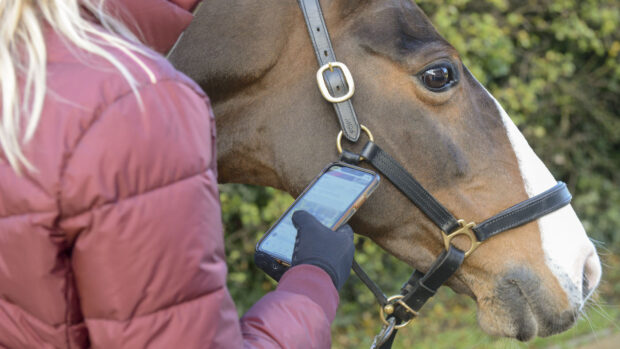Watch eventing maestro Horseware Hale Bob in action and it’s hard to believe he doesn’t walk the courses before he jumps them. The agile bay barely breaks stride as he sums up, locks on and leaves each ditch, drop or angled rail behind him.
The complexity of modern cross-country and showjumping courses means that horses must tackle a huge variety of fences that flash up in quick succession. The fact that so many cope with the visual challenge of our man-made designs to go clear is all the more remarkable given that we don’t really know what horses can see.
The visual ability of equines has long been debated. Many experts are of the opinion that defining what horses see is a grey area, with lack of scientific knowledge enabling little more than a broad-brush account of how they might interact with their environment. But researchers are working to fill in some of the gaps, with enhanced safety and performance in mind.
“While it may never be possible to view the world through the eyes of a horse, by comparing aspects of equine and human vision, we can explore similarities and differences,” says Dr Carol Hall, who outlines some key points:
1. While we rely largely on binocular vision via frontally placed eyes, which allows good depth perception for judging distance, horses have large, laterally placed eyes, which can work individually to provide monocular vision, giving them a greater field of view for spotting predators.
2. Horses may, in fact, have an ability to judge distance at high speed. They can certainly assess ground conditions quickly for a hasty escape from danger.
Continued below…

5 heroic horses winning with only one eye
With the news that a one-eyed horse called

All you need to know about the equine eye *H&H VIP*
Our new occasional series zooms in on the
3. Equine eyes have excellent visual acuity (focus) for distant objects but may find it difficult to focus on objects less than a metre away. They cope better in low light than we do, however.
4. Most humans are trichromats, having perception of the three primary colours. Horses appear to have dichromatic capability only, much like the red-green deficiency that we call colour blindness.
5. Horses tend to keep “half an eye on everything”, rather than focusing on specific targets.




